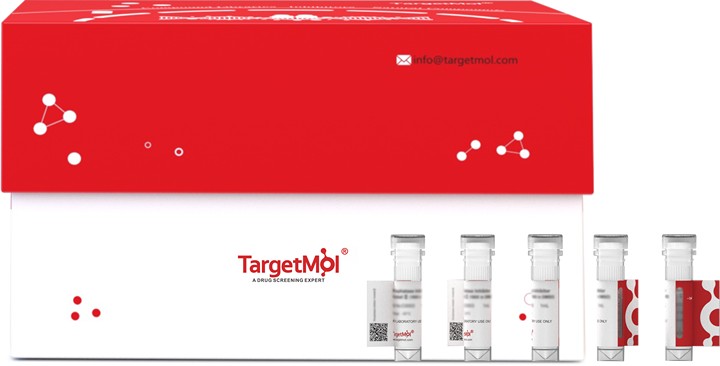购物车
全部删除  您的购物车当前为空
您的购物车当前为空
MIF Protein, Human, Recombinant is expressed in E. coli. The accession number is P14174.

| 规格 | 价格 | 库存 | 数量 |
|---|---|---|---|
| 5 μg | ¥ 539 | 现货 | |
| 10 μg | ¥ 882 | 现货 | |
| 20 μg | ¥ 1,290 | 现货 | |
| 50 μg | ¥ 2,160 | 现货 | |
| 100 μg | ¥ 3,470 | 5日内发货 | |
| 200 μg | ¥ 5,590 | 5日内发货 | |
| 500 μg | ¥ 10,600 | 5日内发货 | |
| 1 mg | ¥ 17,200 | 5日内发货 |
| 生物活性 | Activity has not been tested. It is theoretically active, but we cannot guarantee it. |
| 产品描述 | MIF Protein, Human, Recombinant is expressed in E. coli. The accession number is P14174. |
| 种属 | Human |
| 表达系统 | E. coli |
| 标签 | Tag Free |
| 蛋白编号 | P14174 |
| 别名 | MMIF,Macrophage Migration,Inhibitory Factor,Glycosylation-inhibiting factor,GLIF,GIF |
| 蛋白构建 | Met1-Ala115 |
| 蛋白纯度 | > 95% as determined by SDS-PAGE; > 95% as determined by HPLC |
| 分子量 | ~12.5 kDa (Reducing conditions) |
| 内毒素 | < 0.2 EU/μg of protein as determined by the LAL method. |
| 缓冲液 | Lyophilized from a 0.2 μm filtered solution in PBS. |
| 复溶方法 | Reconstitute the lyophilized protein in sterile deionized water. The product concentration should not be less than 100 μg/ml. Before opening, centrifuge the tube to collect powder at the bottom. After adding the reconstitution buffer, avoid vortexing or pipetting for mixing. |
| 存储 | Upon receiving, this product remains stable for up to 6 months at lower than -70°C. Upon reconstitution, the product should be stable for up to 1 week at 4°C or up to 3 months at -20°C. For long term storage it is recommended that a carrier protein (example 0.1% BSA) be added. Avoid repeated freeze-thaw cycles. |
| 运输方式 | In general, Lyophilized powders are shipping with blue ice. Solutions are shipping with dry ice. |
| 研究背景 | Macrophage Migration Inhibitory Factor (MIF) is a pleiotropic cytokine, existing as a homotrimer in vivo. MIF was originally identified as a T cell derived factor responsible for the inhibition of macrophage migration. However, recently MIF has received much more attention because of its possible roles in angiogenesis and cancer development. MIF is over-expressed in various cancers, including pancreatic, breast, colon, brain, prostate, skin, and lung. The intratumoral expression of MIF is strongly correlated with angiogenic growth factor expression, such as the expression of Interleukin 8 (IL-8) and Vascular Endothelial Growth Factor (VEGF), and with risk of recurrence after resection. |